Used Toyota dealership USA

Importing cars from Europe to the USA is gaining momentum among automobile enthusiasts and those in search of distinctive driving experiences. Europe, known for its expansive market of exotic and luxury vehicles, offers a range of models that often cannot be found in the domestic market.
This practice not only provides access to rare and exclusive cars but also offers the possibility of substantial cost savings. In this article, we delve into the reasons behind the growing popularity of importing vehicles from Europe to the USA.
We will highlight the unique models accessible in Europe market and the financial benefits that make this option increasingly attractive. Used Toyota dealership USA
Requirements for import in Europe
When importing cars from Europe to the USA, it is critical to thoroughly understand and adhere to the import regulations to ensure a seamless and lawful process. Here’s a breakdown of why knowledge of these regulations is essential:
Legal Compliance: U.S. import regulations are designed to ensure that all vehicles meet specific safety, environmental, and legal standards. Familiarizing yourself with these regulations is crucial to avoid legal complications during the import process.
State-Specific Regulations: It’s important to recognize that vehicle import laws can differ significantly across various states. Each state may have unique requirements concerning emissions standards, safety protocols, and documentation. Understanding the regulations of your specific destination state is essential to facilitate a smooth import.
Documentation and Paperwork: The import process involves extensive paperwork. Knowing what documents are required — including the vehicle’s original title, bill of sale, an export certificate from Europe, and other customs clearance documents — is vital. Being prepared with the correct documentation can expedite the process and prevent delays.
Avoiding Penalties and Delays: Non-compliance with import regulations can lead to costly penalties, fines, and delays. A proactive approach to understanding these regulations can help avoid these issues, ensuring a more efficient import process.
Engaging with Customs Brokers: Having a foundational understanding of import regulations enhances your ability to work effectively with customs brokers. These professionals are instrumental in navigating the complexities of the import process, but your own informed input can facilitate better communication and a smoother overall experience.
In summary, the key to a successful car import from Dubai to the USA lies in diligent research and compliance with all applicable regulations, ensuring that your unique automotive acquisition is both a legal and rewarding experience.

Customs broker importing car From Europe
When importing a car from Europe to the USA, engaging a licensed customs broker can be invaluable. These professionals streamline the import process and ensure adherence to all customs regulations. Here’s an overview of the benefits of working with a customs broker and tips for choosing a reputable one:
Benefits of Working with a Customs Broker To buy used tooyota cars
- Expert Guidance: Customs brokers have comprehensive knowledge of U.S. import regulations, documentation requirements, and customs protocols. They are adept at navigating the complexities of the customs system, ensuring that your car importation is both compliant and efficient.Documentation and Paperwork Management: These professionals assist in preparing and submitting all necessary documents required for customs clearance. Their expertise minimizes the risk of paperwork errors or omissions, which can delay or complicate the import process.Customs Clearance: Customs brokers handle the intricate process of customs clearance, liaising with authorities to ensure that all duties, fees, and regulations are met, facilitating a smoother import process.Logistics Coordination: They also manage the logistics involved in importing a vehicle, including communication with shipping companies and arranging for the transportation of your car. This ensures that the vehicle is delivered in a timely and efficient manner.
Tips for Finding and Selecting a Reputable Customs Broker:
- Verify Licensing: Ensure the customs broker is licensed by the U.S. Customs and Border Protection (CBP). This certification is a guarantee that they meet the strict standards required to operate legally and effectively.Check References and Reviews: Look for testimonials and reviews from previous clients to gauge the broker’s reliability and service quality. A reputable broker should have a track record of successful imports and satisfied customers.Evaluate Expertise: Choose a broker with specific experience in importing cars from international markets like Dubai. Their specialized knowledge can be crucial for navigating specific challenges associated with car imports.Discuss Communication and Service Levels: Before hiring a broker, discuss how they will communicate updates and manage the import process. A good broker should offer clear, consistent communication and comprehensive support throughout the process.Compare Fees and Services: Obtain quotes from multiple brokers to compare their fees and services. This will help you find a cost-effective service while ensuring all your needs are met.
By choosing a knowledgeable and experienced customs broker, you can significantly ease the complexities of importing a car from Dubai to the USA, ensuring a seamless and successful import process.

Required Documentation to import cars from dubai to usa
When importing a used cars for sale from Dubai to the USA, proper documentation is essential for ensuring a smooth and compliant import process. Here’s a comprehensive guide on the necessary documents, along with tips on how to obtain and organize them effectively:
Required Documents for Car Import to USA
- Original Title: The original title is crucial as it proves ownership and is required for transferring the vehicle to the USA. Ensure the title is clear and in the name of the intended owner.
- Bill of Sale: This document confirms the details of the transaction, including the purchase price and the identities of the seller and buyer. It’s required for customs clearance and as proof of the vehicle’s value.
- Export Certificate: Issued by the authorities in Europe this certificate verifies that the car has been legally exported and is eligible for import into the USA.
- Customs Forms: Essential forms include the Customs Declaration (CBP Form 6059B), the EPA Form 3520-1 (for environmental compliance), and the DOT Form HS-7 (for safety compliance).
- Insurance Documentation: Proof of insurance is typically required. Obtain documentation such as a certificate of insurance or a policy declaration page from your insurance provider.
- Vehicle History and Inspection Reports: These reports provide evidence of the vehicle’s condition and history, including previous ownership, accident history, and maintenance records.
- Identification Documents: Personal identification, like a valid passport, driver’s license, and Social Security number, may be needed to verify your identity as the importer.
Importance of Proper Documentation:
- Compliance: Each document plays a critical role in meeting legal and regulatory requirements. Incomplete documentation can lead to delays, penalties, or rejection of the import.
- Smooth Customs Clearance: Customs authorities use these documents to assess the vehicle’s eligibility, calculate duties, and ensure compliance with safety and environmental standards.
- Proof of Ownership and Value: Documents like the title and bill of sale are crucial for establishing ownership and determining the value for customs and tax purposes.
Tips for Obtaining and Organizing Documentation:
- Start Early: Begin collecting documents well in advance to allow time for acquiring any missing paperwork and resolving issues.
- Research Requirements: Understand the specific documentation requirements by consulting agencies such as the U.S. Customs and Border Protection (CBP) and your state’s Department of Motor Vehicles (DMV).
- Verify Authenticity: Ensure all documents are authentic, legitimate, and current. Check the validity of any third-party certificates or reports.
- Organize and Make Copies: Keep originals in a safe place and make several copies of each document. This prevents problems in case originals are lost or damaged and facilitates submissions to customs.
- Seek Professional Help: Engage a customs broker or an import specialist. These professionals can offer expertise in the documentation process, ensuring that all paperwork is complete and correctly filled out.
By following these guidelines, you can ensure that your car import from Europe to the USA is compliant, streamlined, and free of unnecessary complications.

Compliance Modifications and Registration
Importing a car from Europe to the USA entails ensuring the vehicle complies with U.S. standards and regulations. Moreover, registering the car with the Department of Motor Vehicles (DMV) and securing appropriate insurance are crucial steps. Here’s an in-depth look at these requirements:
Compliance Modifications
To meet U.S. standards, imported cars often require specific modifications:
- Speedometer Conversion: Convert the speedometer from kilometers per hour (km/h) to miles per hour (mph) to align with U.S. measurement standards.
- Lighting Adjustments: Modify headlights, taillights, and turn signals to comply with U.S. safety and visibility standards.
- Emissions Compliance: Adapt the exhaust system or engine components to meet U.S. emissions standards.
Registering the Imported Car with the DMV
Registering your imported car is essential for legal road use in the USA:
- Documentation: Gather necessary documents including the title, bill of sale, customs clearance documents, and any additional paperwork required by your state’s DMV.
- Vehicle Inspection: Some states require a safety inspection or emissions test to ensure the vehicle meets local standards.
- Paying Fees: Registration fees vary by state and are based on factors like the car’s value, weight, and model year.
- License Plates and Registration: Upon fulfilling all requirements, the DMV will issue license plates and the necessary registration documents.
Importance of Obtaining Insurance Coverage
Securing insurance for your imported vehicle is vital for the following reasons:
- Financial Protection: Insurance helps cover costs associated with accidents, theft, or damage, including repairs, replacement, and medical expenses.
- Legal Requirement: Most states mandate a minimum level of liability insurance for driving legally on public roads. Lack of insurance can lead to penalties such as fines or license suspension.
- Peace of Mind: Insurance mitigates financial risks and supports you in difficult situations.
Steps to Take
- Consult Professionals: Engage with a customs broker, import specialist, or automotive professional to ensure all compliance modifications are accurately addressed.
- Contact DMV: Verify specific requirements with your local DMV office to streamline the registration process.
- Insurance Coverage: Consult with insurance providers to obtain a policy that covers liability, comprehensive, and collision, considering the unique aspects of your imported vehicle.
By following these guidelines, you can ensure your imported car from Dubai complies with U.S. regulations, is legally registered, and properly insured, setting you up for a trouble-free experience on American roads.
how to export a car from Europe To USA
Exporting a car from Dubai involves several steps and requires adherence to specific regulations to ensure a smooth process. Here’s a detailed guide on how to export a car from Europe:
1. Determine Eligibility for Export
Before exporting a car, verify that it meets the import requirements of the destination country. Check for any restrictions or modifications that may be necessary.
2. Clear Any Outstanding Dues
Ensure that all dues associated with the vehicle, such as loans, fines, or traffic violations, are cleared. This can typically be verified and managed through the Dubai Police or the Roads and Transport Authority (RTA).
3. Obtain Export Plates
Visit an RTA center to apply for export plates. These are temporary plates that are valid for a limited time, usually 15 days, allowing you to drive the car until it’s shipped. The following documents are usually required:
- Original passport and copy
- Original Emirates ID and copy
- Car registration card
- Certificate of vehicle ownership or No Objection Certificate (NOC) from the lender if the car is financed
4. Secure a Certificate of Export
Obtain a Certificate of Export from the RTA. This certificate is necessary to prove that the car has been legally exported from Europe and serves as a deregistration document of the vehicle.
5. Arrange for Shipping
Choose a reputable shipping company to handle the logistics of exporting your car. You can opt for different shipping methods:
- RoRo (Roll-on/Roll-off): Your car is driven onto the ship and off at the destination. This method is generally less expensive but offers less protection.
- Container Shipping: Your car is loaded into a container. This is more secure and protects the vehicle from the elements but can be more costly.
6. Prepare the Car for Shipping
Ensure that the car is in good condition for shipping. It’s advisable to record the condition of the vehicle through photos for insurance purposes. Remove all personal items from the car to prevent loss or damage.
7. Complete Export Documentation
Work with your shipping company to ensure all necessary documentation is complete. This typically includes:
- Original vehicle registration card
- Certificate of Export
- Export plates documentation
- Purchase invoice or proof of ownership
- Passport and visa copies
8. Insure the Vehicle for Transit
Consider getting transit insurance to protect against damage or loss during shipping. This provides peace of mind and financial protection.
9. Track the Shipping Process
Once the car is shipped, maintain communication with the shipping company to track the progress of the shipment and be aware of any updates or required actions on your part.
10. Receive the Car at Destination
Upon arrival, the car will need to go through customs clearance in the destination country. Be prepared to provide all necessary documentation and pay any applicable duties or taxes.
By following these steps, you can effectively manage the export of a car from Dubai, ensuring compliance with all regulations and a smooth transition to its new destination.
how much does it cost to import a car from dubai to usa
The cost of importing a car from Europe to the USA can vary widely depending on several factors. Here’s a breakdown of the potential costs involved:
1. Shipping Costs
- RoRo (Roll-on/Roll-off) Shipping: This is generally the cheaper option. Prices can range from approximately $1,000 to $3,000 USD depending on the size and type of the vehicle.
- Container Shipping: This method is more secure and can be more expensive, typically ranging from $2,000 to $4,000 USD. Costs can increase if you choose to ship your vehicle in a sole-use container rather than sharing.
2. Insurance and Freight (CIF)
The CIF cost includes the cost of the car, insurance during transport, and freight charges. It’s crucial as import duties and taxes are calculated based on this amount.
3. Import Duties and Taxes
- Import Duty: The U.S. charges a duty of 2.5% for cars and 25% for trucks. The duty is calculated based on the CIF value.
- Other Taxes: Depending on the state where you register the car, you may also need to pay local sales tax.
4. Compliance Modifications
If the car does not meet U.S. emissions and safety standards, you’ll need to make modifications. The cost can vary greatly depending on what needs to be changed, ranging from a few hundred to thousands of dollars. Used Toyota dealership USA
5. Environmental Protection Agency (EPA) and Department of Transportation (DOT) Compliance
- EPA Compliance: Ensuring the car meets EPA regulations might involve testing and modifications. Costs can range from minimal to significant, depending on the vehicle.
- DOT Compliance: Similar to EPA compliance, ensuring the vehicle meets DOT standards might require physical modifications. Used Toyota dealership USA
6. Customs Broker Fees
Hiring a customs broker can facilitate the import process, especially in handling paperwork and compliance checks. Fees can range from $200 to $500 USD. Used Toyota dealership USA
7. Registration and Titling Fees
Once the car is in the USA, you’ll need to register and title it in your state, which can cost anywhere from $100 to $300 USD depending on the state’s fees.
8. Other Miscellaneous Fees
These can include port handling fees, terminal charges, and delivery from the port to your location.
Total Estimated Cost
Given all these variables, the total cost to import a car from Europe to the USA can typically range from $3,000 to over $10,000 USD. This estimate does not include substantial modifications for compliance with U.S. standards, which could significantly increase costs. Used Toyota dealership USA
To get a precise estimate tailored to your situation, it’s advisable to consult with a shipping company, a customs broker, and possibly a compliance specialist who can provide detailed information based on the specific car and requirements. Toyota Land Cruiser Prado
Import gcc spec car to usa
To import a GCC-spec car to the USA, there are several steps and regulations to consider. The process involves compliance with safety, emissions, and other federal standards. Key steps include:
- Eligibility Check: Verify if the vehicle is eligible for importation under U.S. regulations, including the Environmental Protection Agency (EPA) and the Department of Transportation (DOT).
- EPA Compliance: The car must meet or be modified to meet EPA emissions standards. This might require modifications and testing.
- DOT Compliance: The car must also meet DOT safety standards, which may require additional modifications.
- Import Approval: Submit the necessary paperwork and declarations to U.S. Customs and Border Protection at the port of entry. Used Toyota dealership USA
- Bonded Entry: In some cases, you might need to import the car under a bonded entry, which allows the car to enter the U.S. for modifications without paying duties initially.
- Conformity by a Registered Importer (RI): If the car does not conform to U.S. standards, a DOT-registered importer can modify the vehicle.
- State Regulations: Beyond federal regulations, some states have additional requirements, especially for registration and insurance.
It’s recommended to consult with a compliance expert or a registered importer who specializes in importing foreign vehicles to ensure all requirements are met efficiently. Used Toyota dealership USA
Shipping Car from Europe to USA
Shipping a car from Dubai to the USA involves several steps, from choosing the right shipping method to handling customs and import regulations. Here’s a step-by-step guide to help you understand the process:
- Choose a Shipping Method: There are two main methods for shipping cars internationally: Roll-on/Roll-off (RoRo) and container shipping. RoRo is generally more cost-effective and is suitable if you are only shipping the car. Container shipping provides more protection and is advisable if you are also shipping personal belongings. Used Toyota dealership USA
- Select a Reliable Shipping Company: Choose a company experienced in international car shipping and specifically with routes from Europe to the USA. It’s important to verify their credibility, insurance policies, and customer reviews. Used Toyota dealership USA
- Prepare Your Car for Shipping: Clean your car thoroughly as it will be inspected by customs. Remove all personal items and ensure only a quarter tank of gas is left. Document any existing damages with photos.
- Documentation and Export Clearance: You’ll need to provide documents such as your passport, proof of ownership, and car registration. Your shipping company might also require additional documents to comply with both Europe and USA regulations.
- Shipping and Insurance: Consider purchasing additional insurance coverage for your car during transit. Standard shipping insurance might only cover basic damages.
- Customs and Import Regulations in the USA: Upon arrival, your car will need to clear US customs. You’ll need to provide the Bill of Lading, foreign registration, and proof of ownership. The car will be subject to import duties, which are typically 2.5% of the vehicle’s value.
- EPA and DOT Compliance: Ensure the car meets Environmental Protection Agency (EPA) and Department of Transportation (DOT) standards. Non-compliance may require modifications or working with a Registered Importer (RI) to make necessary changes.
- Picking Up the Car: Once your car clears customs and any applicable modifications are made, you can pick up your car or arrange for domestic transportation to your location within the USA.
- Registration and Insurance in the USA: After your car is legally in the country and compliant with all regulations, you’ll need to register it in your state and obtain the necessary insurance.
Each step involves careful planning and adherence to regulations. It’s highly recommended to work closely with your shipping company and a customs broker to ensure a smooth process. toyota hilux for sale Used Toyota dealership USA Toyota Hiace for sale in Haiti
Toyota Land Cruiser txl for sale Hilux 4×4 For Sale Hilux 4×4 For Sale




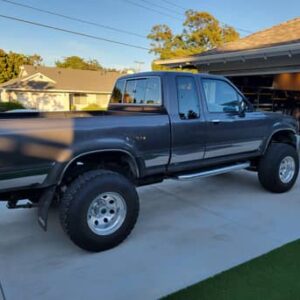






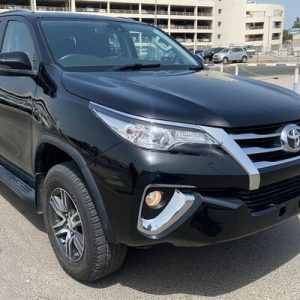







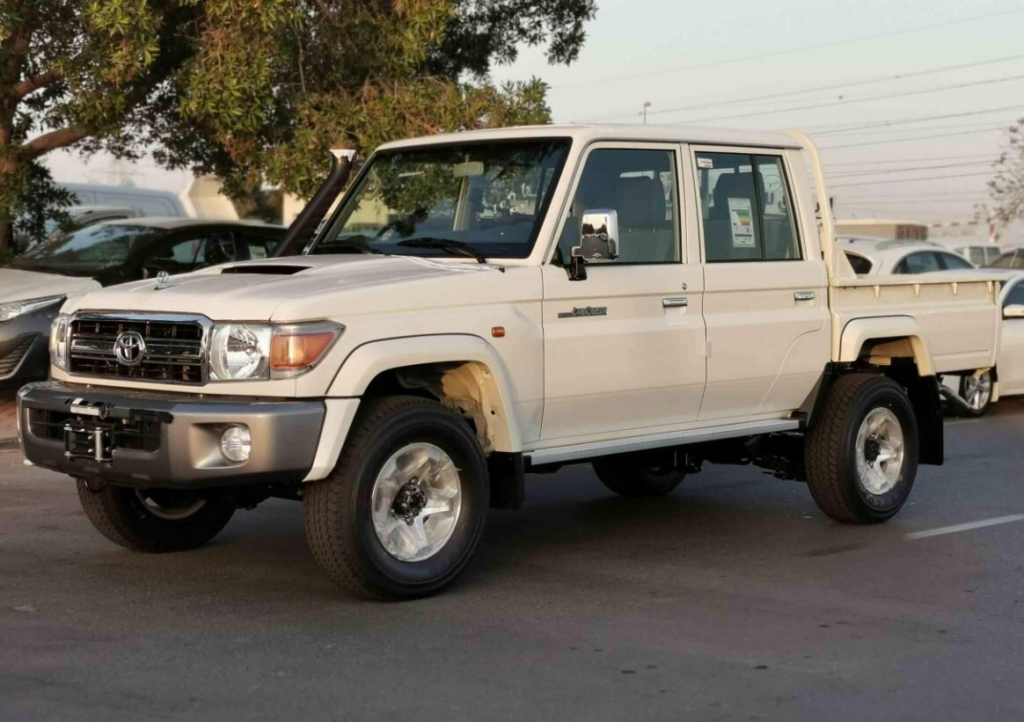


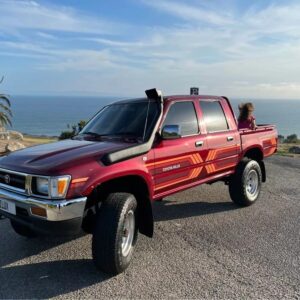


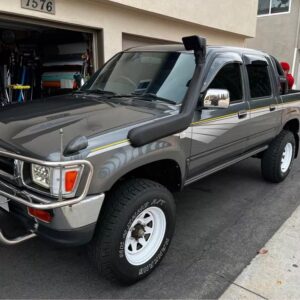






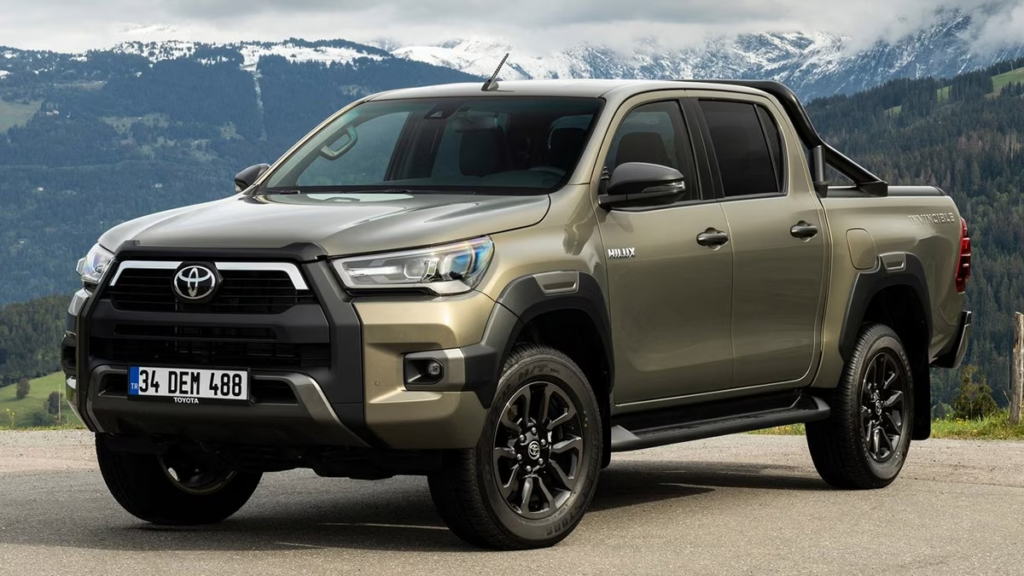





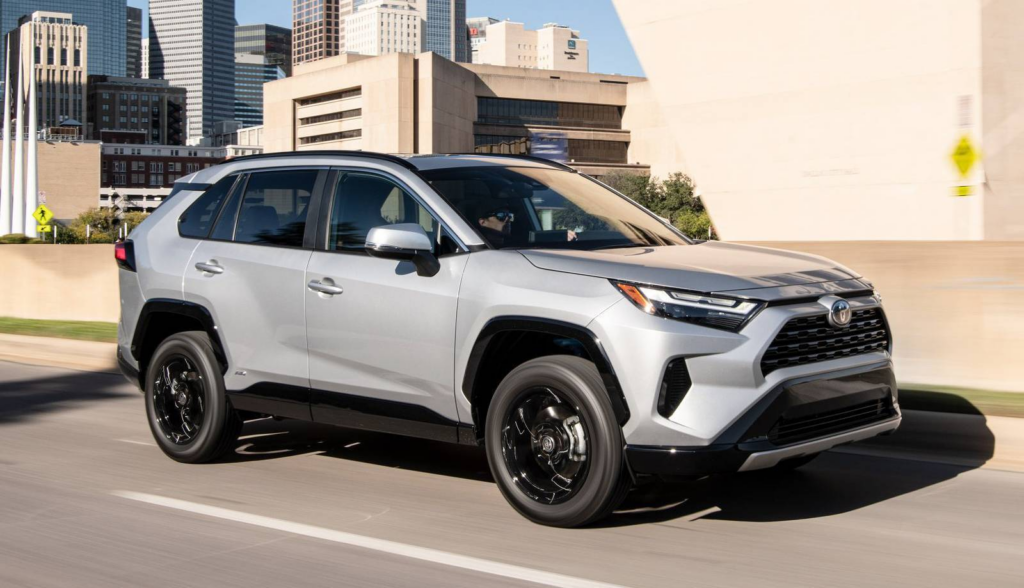







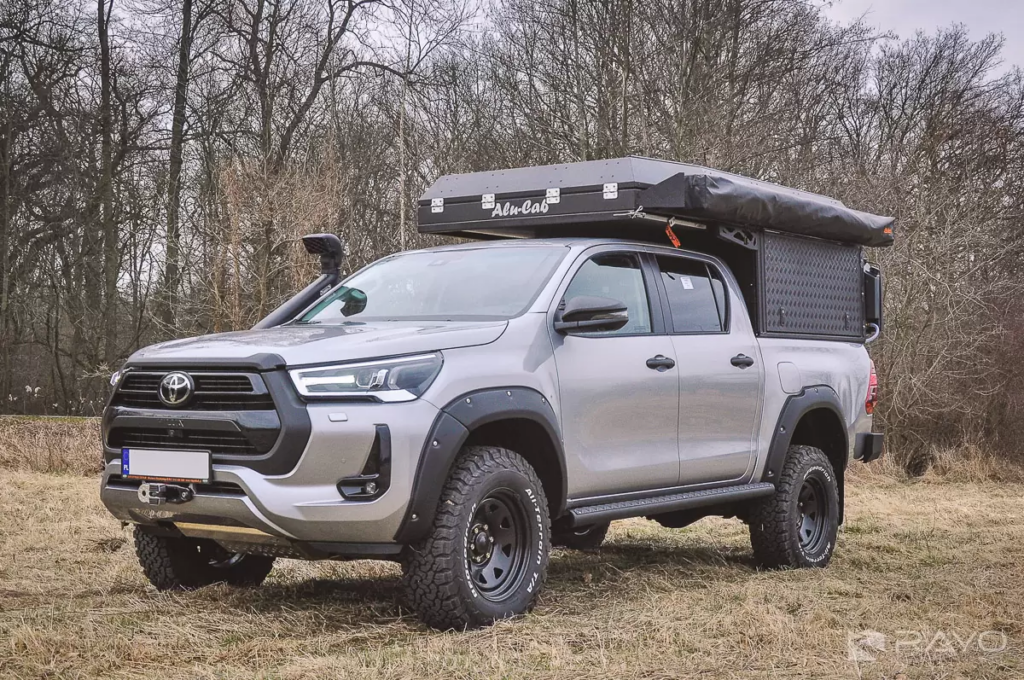




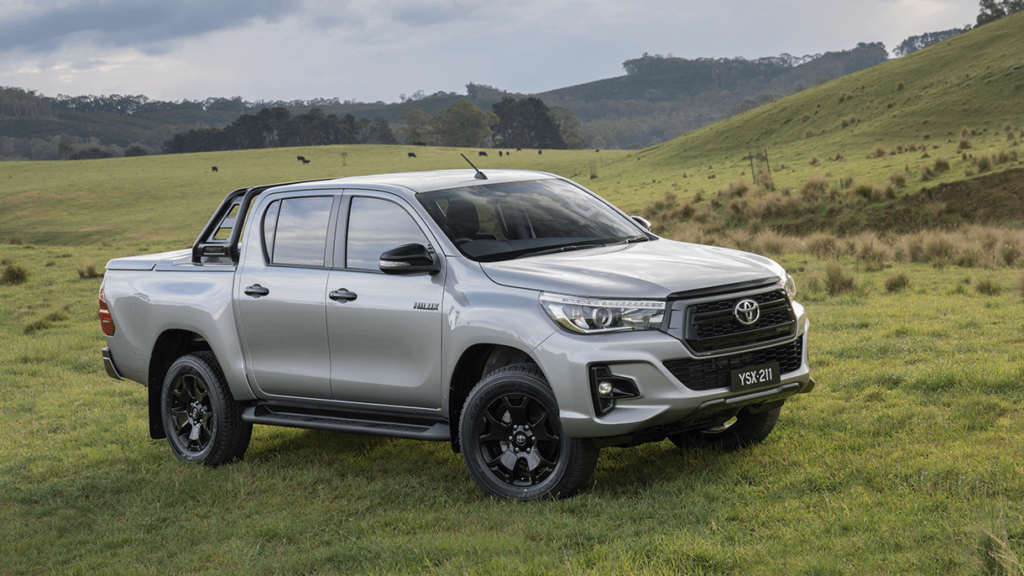











 ford ranger for sale
ford ranger for sale